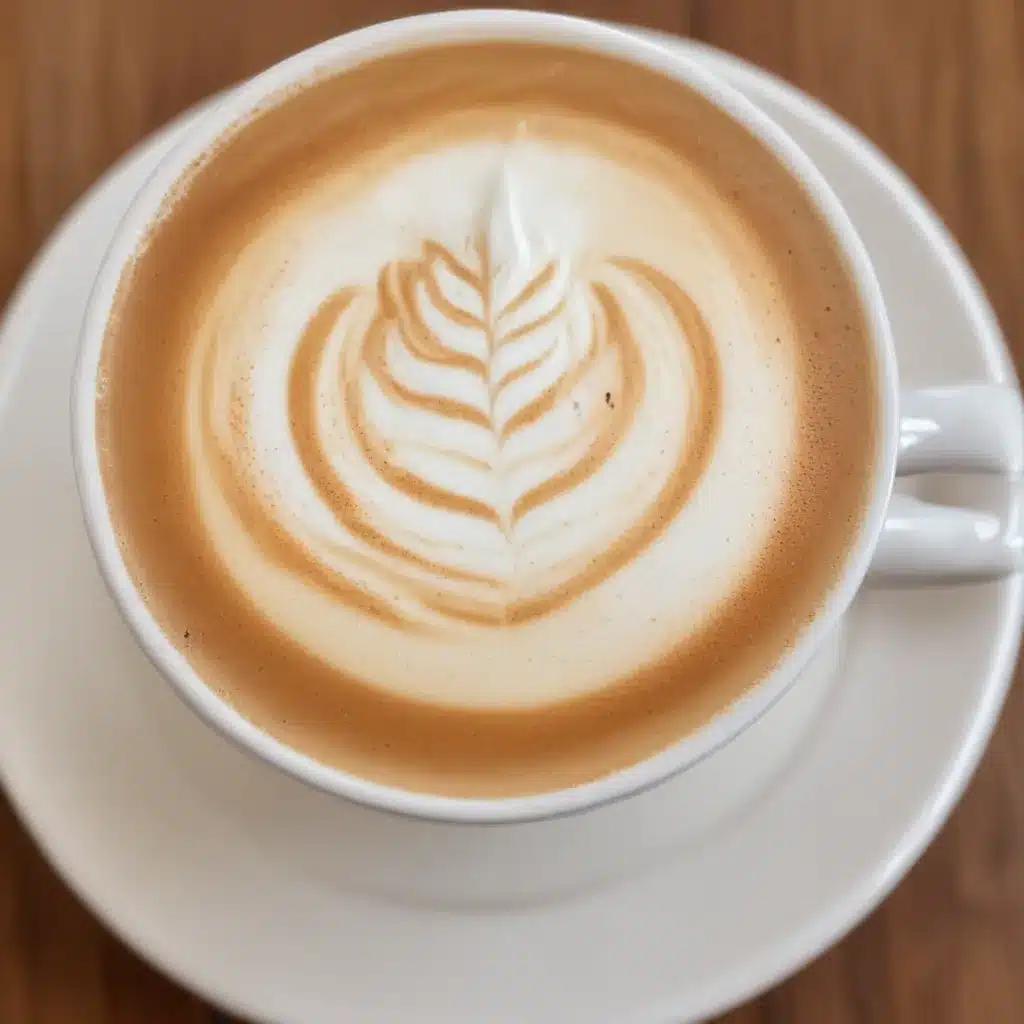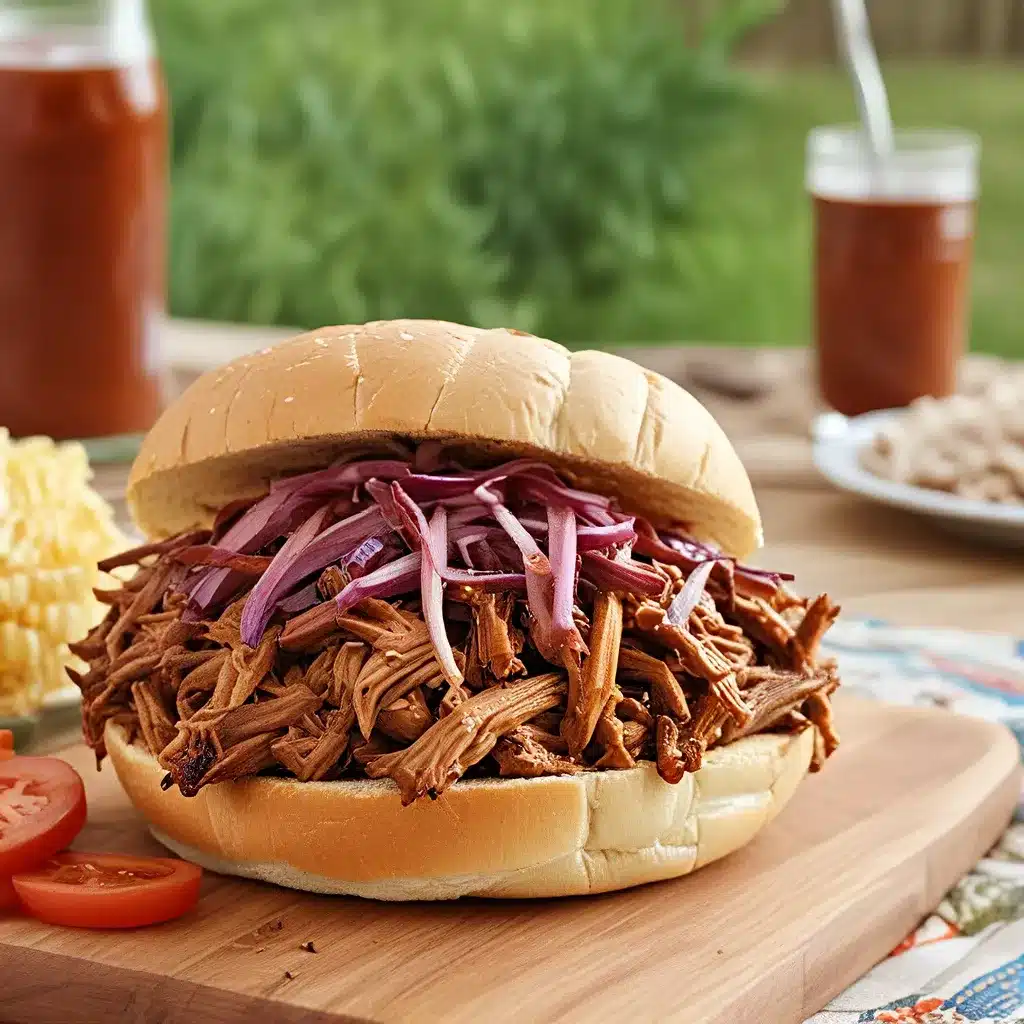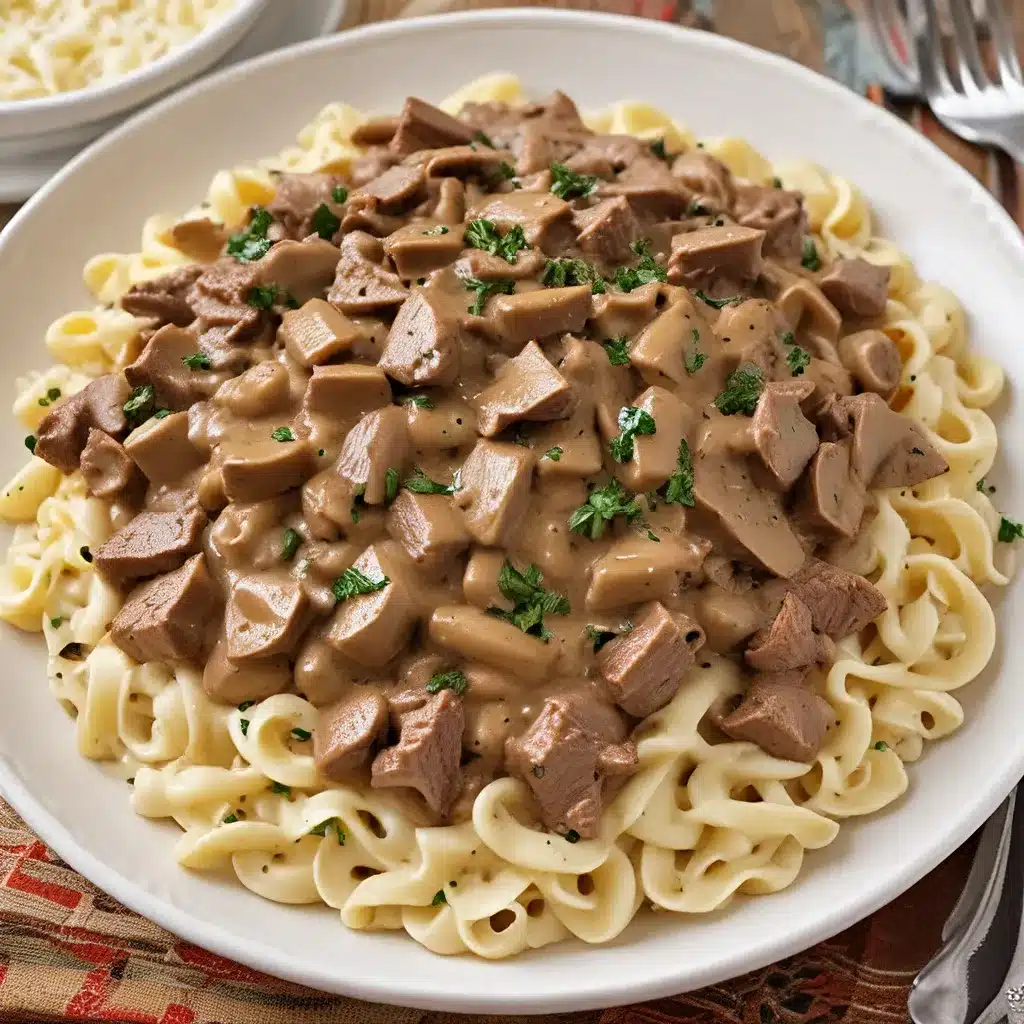
The Magical World of Milk Foam
As a self-proclaimed coffee connoisseur, I’ve always been fascinated by the art of crafting the perfect milk-based beverage. From the silky smooth texture of a latte to the pillowy peaks of a cappuccino, the transformation of humble dairy into a foamy, frothy delight is nothing short of magical.
In my journey to master the perfect milk foam, I’ve encountered my fair share of ups and downs. Like the time I tried to steam milk on a $9 Goodwill special, only to end up with a watery, tepid mess that would have made a barista weep. Or the countless hours spent adjusting the angle of my steam wand, chasing that elusive “ripping paper” sound that signifies milk heaven.
But alas, practice makes perfect, and through trial and error, I’ve finally discovered the secrets to achieving that heavenly milk foam that elevates a simple cup of coffee into a work of art. And let me tell you, the path to foamy and frothy perfection is paved with more twists and turns than a Shakespearean tragedy.
The Science Behind Milk Foam
To understand the magic of milk foam, we must first delve into the science behind it. You see, the key to a luscious, creamy foam lies in the protein structure of milk. Specifically, the casein and whey proteins that make up the bulk of milk’s composition.
When we introduce air into milk through the steaming process, these proteins begin to unfold and intertwine, trapping tiny air bubbles within their molecular web. The result? A dense, velvety foam that not only looks visually stunning but also enhances the mouthfeel and flavor of our beloved coffee drinks.
But it’s not just the proteins that make milk foam so special. The fat content in milk also plays a crucial role, acting as a natural emulsifier and stabilizer for the foam. Higher-fat milks, such as whole milk or even cream, tend to produce a richer, more stable foam compared to their low-fat counterparts.
So, the next time you sip on a perfectly crafted latte, take a moment to appreciate the delicate dance of proteins and fats that have come together to create that heavenly foam. It’s a true testament to the wonders of science and the dedication of skilled baristas.
The Art of Steaming Milk
Now that we’ve delved into the science behind milk foam, let’s talk about the art of actually steaming it. Because, my friends, it’s not as simple as just sticking a steam wand into a pitcher of milk and calling it a day.
First and foremost, temperature is key. The ideal milk temperature for a latte or cappuccino should fall within the range of 150°F to 160°F (65°C to 71°C). Anything hotter, and you risk scorching the milk, resulting in a bitter, unpleasant taste. Anything cooler, and you won’t be able to achieve that thick, velvety foam you’re after.
But temperature is just the beginning. The way you introduce air into the milk is equally important. As I mentioned earlier, I once tried the “naked wand” approach, submerging the tip and listening for that elusive “ripping paper” sound. While this method can work, it’s a bit hit or miss, especially for those just starting on their milk-steaming journey.
Instead, I’ve found that a more controlled, textbook approach tends to yield the best results. Gently introducing the steam wand just below the surface of the milk, angled slightly towards the side of the pitcher, allows you to gradually incorporate air while maintaining a smooth, consistent texture.
And let’s not forget the all-important milk pitcher. The shape and material of your pitcher can have a significant impact on the quality of your foam. Stainless steel pitchers are a popular choice among baristas, as they conduct heat evenly and won’t impart any unwanted flavors. The pitcher’s shape should also be tapered, with a narrow spout to help you pour with precision.
Latte Art: The Cherry on Top
Now that you’ve mastered the art of steaming milk, it’s time to take your coffee game to the next level with the captivating world of latte art. Because let’s be honest, a perfectly crafted latte is good, but a perfectly crafted latte with a beautiful design on top is a true work of art.
Latte art is the delicate practice of pouring steamed milk into espresso in a way that creates intricate patterns and designs. From the classic heart shape to more elaborate rosettes and tulips, the possibilities are endless.
But don’t be fooled – latte art is not for the faint of heart. It requires a steady hand, an keen eye for detail, and a deep understanding of milk foam consistency. After all, if your milk isn’t perfectly textured, your latte art dreams will quickly turn into a foamy nightmare.
That’s why I encourage all aspiring home baristas to start by perfecting their milk-steaming technique. Once you’ve got that down, the latte art will follow naturally. And trust me, the sense of accomplishment you’ll feel when you pour your first flawless rosette is worth every minute of practice.
The Ultimate Milk-Based Beverages
Now that we’ve explored the science, the art, and the sheer magic of milk foam, let’s dive into the world of milk-based coffee drinks. From the classic latte to the frothy cappuccino, each beverage has its own unique charm and character.
Latte:
The latte is the quintessential milk-based coffee drink, characterized by its smooth, silky texture and subtle sweetness. The key to a perfect latte lies in the balance between the rich, bold espresso and the velvety, creamy milk. When done right, the result is a harmonious blend that’s both comforting and invigorating.
Cappuccino:
In contrast to the latte, the cappuccino is all about the foam. Featuring equal parts espresso, steamed milk, and luxurious milk foam, this Italian classic is the perfect choice for those who crave a rich, indulgent coffee experience. The key to a great cappuccino is in the execution – the milk foam should be dense, creamy, and perfectly textured to create that iconic layered look.
Flat White:
For those who prefer a more intense coffee flavor, the flat white is a fantastic option. This Australian-born drink starts with a shot of bold, full-bodied espresso, which is then topped with a layer of microfoam – that’s milk foam so fine and silky, it’s almost indistinguishable from the liquid milk itself. The result is a velvety, concentrated coffee experience that’s sure to satisfy even the most discerning palate.
Macchiato:
The macchiato is the perfect choice for those who want a little bit of everything. It starts with a shot of bold espresso, which is then “marked” (macchiato means “marked” in Italian) with a small dollop of lightly frothed milk. The interplay between the intense coffee and the delicate, creamy milk creates a harmonious balance that’s both refreshing and indulgent.
Mocha:
For the chocolate lovers out there, the mocha is a must-try. This decadent beverage combines the rich, robust flavors of espresso with the smooth, velvety texture of steamed milk and a generous helping of chocolate syrup or powder. It’s the ultimate treat for those who crave a little bit of sweetness in their coffee.
So, whether you’re a latte lover, a cappuccino enthusiast, or a mocha devotee, the world of milk-based coffee drinks is truly a vast and fascinating one. And with a little bit of practice and a whole lot of passion, you too can become a master of milk foam and latte art. After all, as the saying goes, “the froth is the stuff.”
Bringing It All Together
As I reflect on my journey through the magical world of milk foam, I can’t help but feel a deep sense of appreciation for the art and science that goes into crafting the perfect milk-based coffee beverage. From the intricate interplay of proteins and fats to the meticulous control of temperature and technique, there’s so much more to a simple latte or cappuccino than meets the eye.
And let’s not forget the sheer joy and satisfaction that comes with perfecting these skills. There’s nothing quite like the feeling of pouring a flawless rosette or watching the smooth, velvety texture of a properly steamed latte. It’s a testament to the dedication and passion of baristas everywhere, and a reminder that even the most seemingly mundane tasks can be elevated to an art form.
So, the next time you find yourself sipping on a beautifully crafted milk-based coffee, take a moment to appreciate the journey that brought it to your lips. And who knows, maybe you’ll even be inspired to try your hand at milk foam magic yourself. After all, the world of coffee is vast and ever-evolving, and the possibilities for foamy and frothy delights are endless.
Happy frothing, my fellow coffee enthusiasts!







